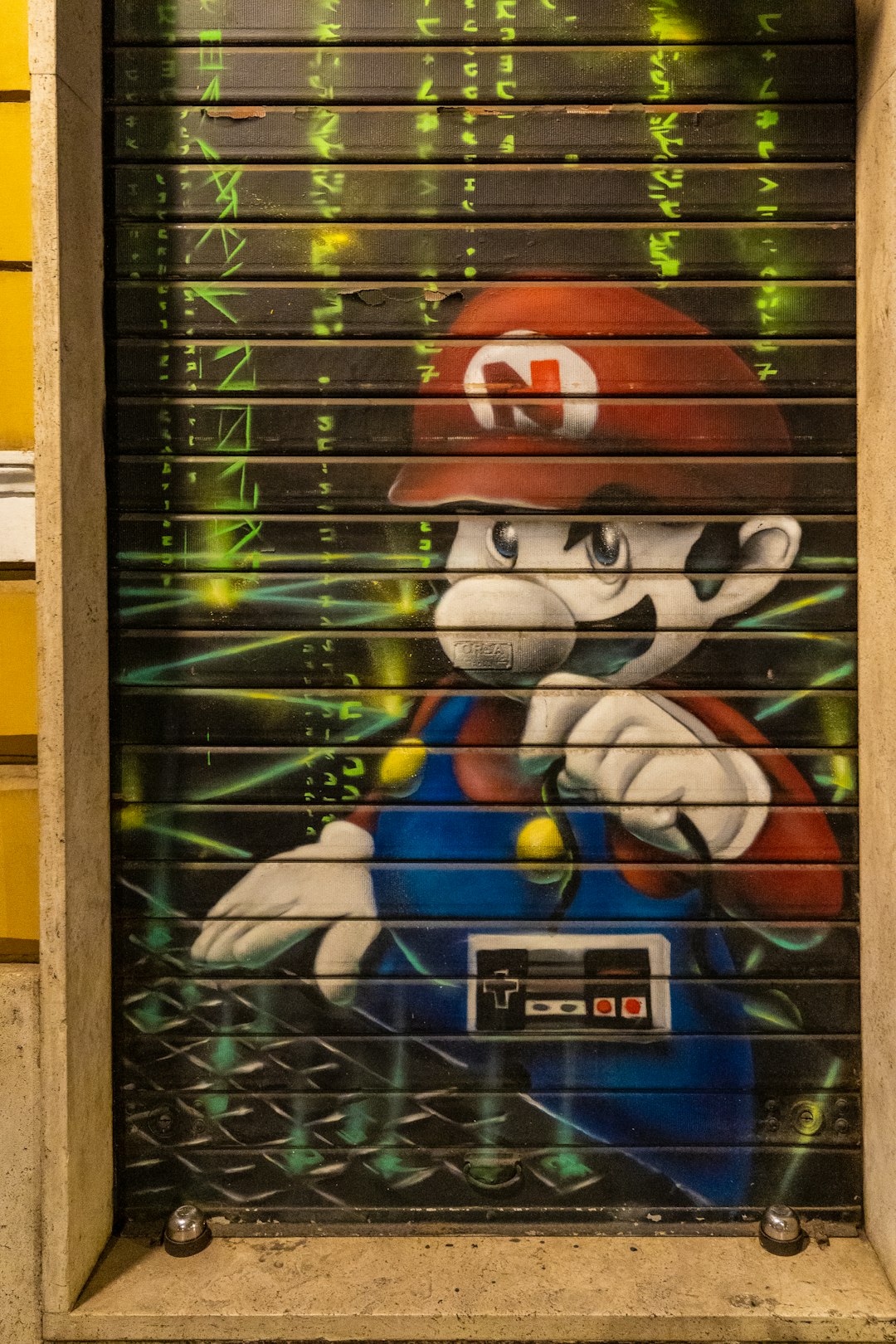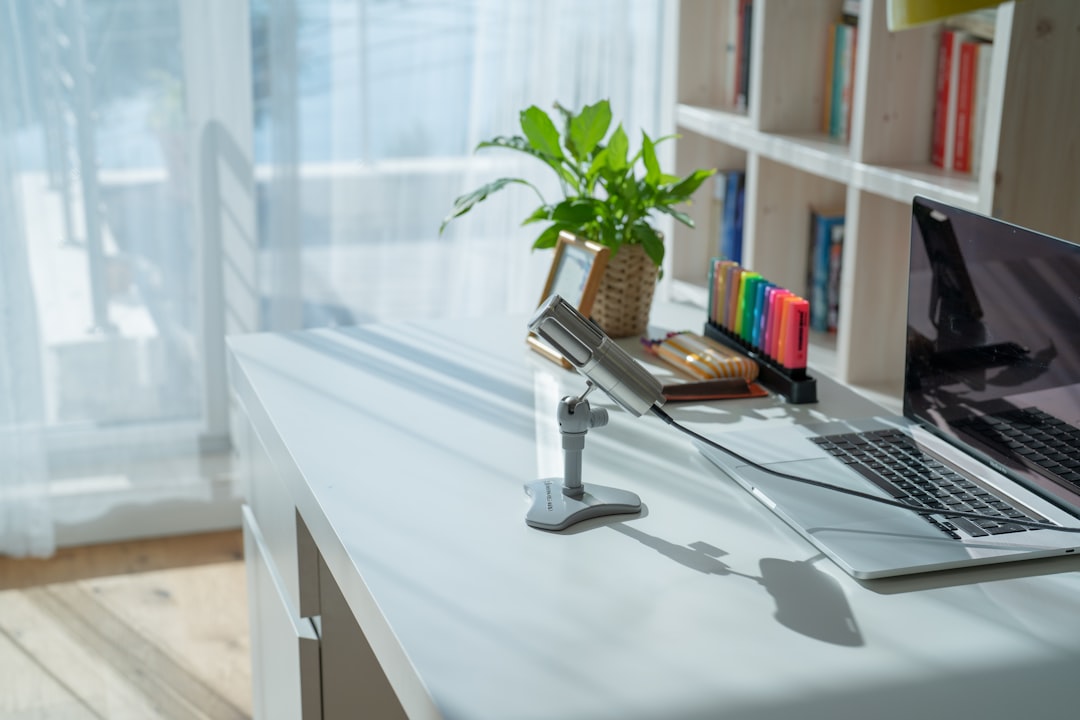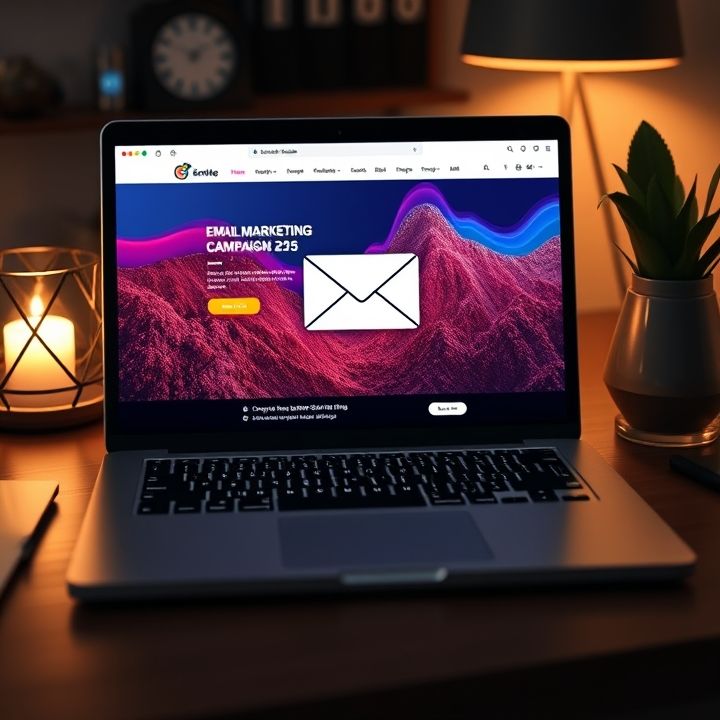Table of Contents
- Introduction
- Plumbing pipe replacement techniques and considerations
- The importance of plumbing fixture installation for residential and commercial properties
- Common plumbing valve repair methods and troubleshooting tips
- Understanding plumbing emergency service options and response times
- Best practices for plumbing drain cleaning and maintenance
- Comprehensive plumbing water heater service and installation guide
- Essential plumbing sewer line repair strategies for homeowners
- Innovative plumbing leak detection technologies and their benefits
- Conclusion
- Frequently Asked Questions
Introduction
Every home faces plumbing challenges at some point, from stubborn clogs to sneaky leaks that can wreak havoc on your living space. Tackling these issues can seem daunting, but fear not! In this comprehensive guide, we will walk you through practical solutions tailored for every plumbing problem you might encounter. Whether you’re an experienced DIY enthusiast or a complete novice, our easy-to-follow tips will empower you to take control of your plumbing woes.
Imagine the satisfaction of fixing that annoying drip under your sink or clearing that inconvenient clog in the bathroom. Not only will you save time and money, but you’ll also gain a sense of accomplishment that comes from mastering essential home repair skills. With valuable insights into tools, techniques, and safety precautions, this guide ensures you have everything you need to get the job done right.
Ready to dive in? Let’s embark on this plumbing adventure together and transform your home into a well-functioning sanctuary!
Plumbing pipe replacement techniques and considerations
Plumbing pipe replacement is a crucial part of maintaining a reliable plumbing system. One of the primary techniques used is the traditional method of cutting out the old pipe and replacing it with new material, which can be made from options like copper, PVC, or PEX. Each type of piping has its own advantages and disadvantages. For instance, copper is durable and resistant to corrosion, while PVC is lightweight and easy to install.
Another technique involves the use of pipe lining or epoxy coating, which can restore the integrity of existing pipes without the need for extensive excavation. This method is less disruptive and can be cost-effective, especially in densely populated areas.
When considering pipe replacement, factors such as the pipe’s location, the material of existing plumbing, and local building codes should all be taken into account. Additionally, evaluating the overall condition of the plumbing system can help in determining whether a full replacement or targeted repairs are more appropriate, ensuring long-term reliability and functionality of the system.
The importance of plumbing fixture installation for residential and commercial properties
Plumbing fixture installation is a crucial aspect of both residential and commercial properties, serving as the backbone of effective water distribution and waste management systems. Proper installation ensures that these fixtures, such as sinks, toilets, showers, and faucets, function efficiently and safely. For residential properties, quality installation enhances the comfort and convenience of daily living, allowing families to carry out their routines without interruption.
In commercial settings, efficient plumbing fixture installation is vital for maintaining hygiene standards and ensuring the smooth operation of businesses. Poorly installed fixtures can lead to leaks, water damage, and costly repairs, impacting both property value and operational efficiency.
Furthermore, correct installation is essential for compliance with local building codes and regulations, preventing potential legal issues and fines. Investing in professional plumbing solutions not only ensures functionality but also extends the lifespan of fixtures, ultimately providing long-term savings. Whether for a home or a business, reliable plumbing fixture installation is a fundamental element that contributes significantly to overall property health and safety.
Common plumbing valve repair methods and troubleshooting tips
Common plumbing valve issues can often be resolved through a few basic repair methods and troubleshooting tips. One common problem is a leaking valve, which may occur due to worn-out washers or seals. To repair this, turn off the water supply, disassemble the valve, and replace the faulty components.
Another frequent issue is a valve that won’t fully open or close. This may be caused by debris lodged inside the valve. To troubleshoot, shut off the water, remove the valve from the pipeline, and flush out any particles.
Inspecting the valve for corrosion is also crucial, as corrosion can lead to leaks and operational failures. Always ensure to apply appropriate lubricants to moving parts to prevent sticking.
Lastly, if you notice that a valve is making strange noises or vibrating, it may indicate water hammer, which can be mitigated by installing a water hammer arrestor. Regular maintenance checks can save homeowners a lot of time and money in the long run.
Understanding plumbing emergency service options and response times
Understanding plumbing emergency service options is crucial for homeowners facing unexpected issues such as severe leaks, clogged drains, or burst pipes. Emergency plumbing services are typically available 24/7, providing swift assistance to prevent further damage to the property. Response times can vary based on the service provider’s availability and the nature of the emergency. Most reputable plumbing companies aim to respond within an hour, especially for critical situations that could lead to significant water damage or health hazards. It is essential to have a reliable plumbing service in mind before an emergency arises, as this can lead to quicker resolution and less stress. When selecting an emergency plumber, consider their reputation, availability, and the range of services offered. Additionally, understanding the cost structure, including any emergency fees, can help homeowners prepare financially for unexpected plumbing issues. Regular maintenance and inspections can also minimize the risk of emergencies, but knowing what options are available can provide peace of mind when things go wrong.
Best practices for plumbing drain cleaning and maintenance
Maintaining and cleaning your plumbing drains is essential for preventing clogs and ensuring the smooth flow of water. One effective practice is to regularly flush your drains with hot water, which can help dissolve any grease or soap buildup. Additionally, using a mixture of baking soda and vinegar can act as a natural drain cleaner. This combination not only breaks down debris but also neutralizes odors.
Another best practice is to install drain screens or filters to catch hair, food particles, and other debris. This simple addition can significantly reduce the amount of buildup in your drains. It’s also important to avoid pouring grease, oils, or fibrous materials down the sink, as these can contribute to blockages.
Moreover, scheduling professional inspections and cleanings every few years can help identify and address potential issues before they become major problems. A thorough cleaning can involve using tools like drain snakes or hydro-jetting to clear stubborn clogs.
By incorporating these best practices into your routine, you can maintain your plumbing system effectively and prolong its lifespan.
Comprehensive plumbing water heater service and installation guide
Comprehensive plumbing water heater service and installation involves several critical steps to ensure optimal performance and safety. The first step is selecting the right type of water heater, whether it be tankless, traditional tank, or solar. Each type has its own benefits and installation requirements. Once the appropriate model is chosen, it’s essential to prepare the installation site. This includes ensuring proper venting if necessary, and verifying that the electrical or gas connections meet local codes.
After preparation, the next step is installation. For tank water heaters, this includes draining the existing unit, disconnecting it, and connecting the new one, while ensuring all seals and fittings are secure. Testing for leaks is a crucial part of this process.
Regular maintenance is also vital for extending the life of your water heater. This includes flushing the tank to remove sediment buildup, checking the anode rod, and evaluating temperature settings. By adhering to these guidelines, homeowners can ensure their water heaters function efficiently and safely over time.
Essential plumbing sewer line repair strategies for homeowners
Homeowners often face the daunting task of plumbing sewer line repairs, which can arise from a variety of issues, including clogs, leaks, and tree root intrusions. One essential strategy is regular maintenance, which involves routine inspections and cleaning to prevent major blockages. Using a plumbing snake or hydro-jetting can help clear stubborn clogs and maintain proper flow.
Another effective approach is to be aware of the signs indicating a problem, such as slow drains, foul odors, or gurgling sounds. Early detection allows for timely repairs, minimizing damage and costs. Additionally, homeowners should familiarize themselves with their sewer line layout to understand potential problem areas.
In cases where repairs are needed, it’s crucial to choose the right method. Options include trenchless repairs, which are less invasive and can save landscaping, or traditional excavation for more severe damage. Hiring a licensed plumber is also advisable for complex issues, ensuring that repairs are done correctly and in compliance with local codes. With the right strategies, homeowners can effectively manage sewer line repairs and maintain a functional plumbing system.
Innovative plumbing leak detection technologies and their benefits
Innovative plumbing leak detection technologies have revolutionized how we identify and manage leaks in residential and commercial properties. These advanced systems employ various methods, including acoustic sensors, infrared cameras, and moisture detection devices, to locate leaks quickly and accurately.
Acoustic leak detection utilizes sensitive microphones placed along plumbing systems to listen for sounds associated with leaks, while infrared cameras identify changes in temperature that may indicate water intrusion. Moisture detection devices measure humidity levels in walls or floors, providing essential information about potential leaks.
The benefits of these technologies are numerous. They enable early detection of leaks, preventing costly water damage and reducing environmental waste. Additionally, by minimizing the need for invasive investigations, these technologies save time and labor costs, resulting in more efficient plumbing repairs. Ultimately, the integration of innovative leak detection technologies enhances overall plumbing solutions, ensuring better maintenance and sustainable water management.
Conclusion
In conclusion, addressing plumbing issues promptly is essential for maintaining the functionality and health of your home or business. By following the comprehensive solutions outlined in this guide, homeowners can effectively tackle common problems such as leaks and clogs while ensuring their plumbing systems operate efficiently. Remember that proper installation, ongoing maintenance, and being aware of innovative technologies can save you time and money in the long run. If you’re facing a plumbing challenge, don’t hesitate to reach out for professional assistance. Call 573-555-2121 today to connect with our expert team ready to provide you with reliable and effective plumbing solutions!








